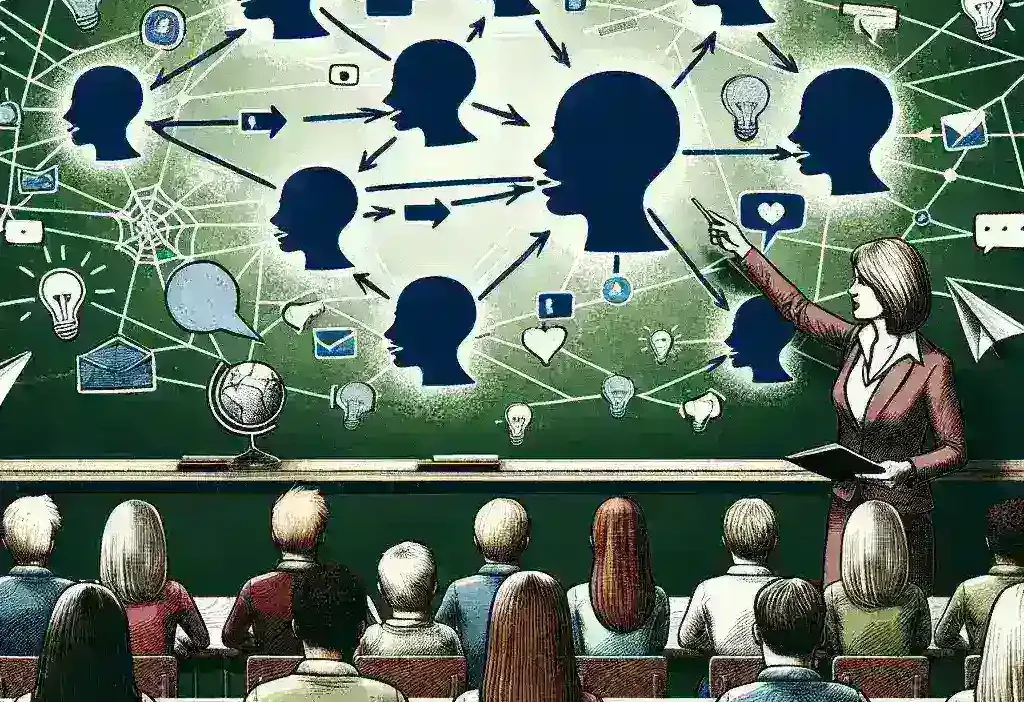Introduction
In the age of digital communication, social media platforms have become a double-edged sword. While they serve as powerful tools for connection and information dissemination, they also facilitate the rapid spread of rumors and misinformation. Educational campaigns have emerged as potent strategies to counter these unverified claims, empowering individuals with the knowledge necessary to discern fact from fiction. This article delves into the mechanisms through which educational campaigns operate, their historical context, future implications, and real-world examples.
The Mechanics of Misinformation
Understanding how misinformation spreads is crucial in tackling it. Social media’s architecture favors sensationalism; posts that evoke strong emotional responses are more likely to be shared. As a result, rumors can travel faster than factual information, creating an environment where falsehoods can flourish.
The Role of Algorithms
Social media algorithms prioritize engagement over accuracy, often amplifying misleading content. This feature highlights the necessity of educational campaigns that focus on media literacy, enabling users to recognize and critically evaluate the information they encounter.
Psychological Factors
Humans are naturally predisposed to accept information that confirms their existing beliefs. This cognitive bias can lead to the acceptance of rumors without question. Educational campaigns aim to address these biases by fostering critical thinking skills, encouraging individuals to seek evidence before believing and sharing information.
The Historical Context of Educational Campaigns
The origins of educational campaigns can be traced back to public health initiatives. For example, during the polio epidemic in the mid-20th century, campaigns successfully dispelled myths about vaccines through clear, factual communication. This historical precedent underscores the effectiveness of education in combating misinformation across various contexts.
Structuring Educational Campaigns
Successful educational campaigns typically encompass several key elements:
- Target Audience: Identifying the demographic most affected by misinformation helps tailor messages to resonate with those groups.
- Clear Messaging: Simple, straightforward messages are crucial for effective communication. Using visuals, infographics, or video content can enhance understanding.
- Engagement Strategies: Interactive formats, such as workshops or social media challenges, encourage participation and deepen the learning experience.
- Partnerships: Collaborating with trusted figures or organizations can lend credibility to the campaign, increasing its reach and impact.
Real-World Examples
1. The WHO’s COVID-19 Campaign
The World Health Organization (WHO) launched an educational campaign during the COVID-19 pandemic to combat misinformation about the virus. Utilizing social media platforms, the WHO shared accurate information, debunked myths, and encouraged users to verify information before sharing. This campaign significantly contributed to increased awareness and understanding of the pandemic.
2. The #TruthMatters Campaign
In the United States, the #TruthMatters campaign seeks to promote media literacy among young people. By providing resources that teach critical thinking skills, this initiative empowers students to recognize misinformation during their online interactions.
Future Predictions
As social media continues to evolve, so too will the strategies employed in educational campaigns. Innovations in technology, such as AI-driven tools for fact-checking and real-time misinformation detection, hold promise for enhancing the effectiveness of these campaigns. Moreover, as younger generations become more adept at navigating digital spaces, educational campaigns will likely focus on instilling a culture of skepticism and inquiry from an early age.
Pros and Cons of Educational Campaigns
While educational campaigns are invaluable in combating misinformation, they are not without challenges:
- Pros:
- Enhanced public awareness and understanding of critical issues.
- Empowerment through knowledge and skills.
- Encouragement of informed decision-making.
- Cons:
- The potential for resistance from individuals who prefer familiar narratives.
- Resource-intensive nature, requiring significant time and financial investment.
- The challenge of reaching audiences disengaged from traditional media.
Conclusion
Educational campaigns are a vital tool in the fight against the spread of rumors and misinformation on social media. By fostering critical thinking, enhancing media literacy, and empowering individuals with knowledge, these campaigns help to create a more informed public. As the digital landscape continues to shift, the ongoing evolution of educational strategies will be crucial in ensuring that truth prevails over falsehood. In a world overflowing with information, the need for effective educational campaigns has never been more pressing.




